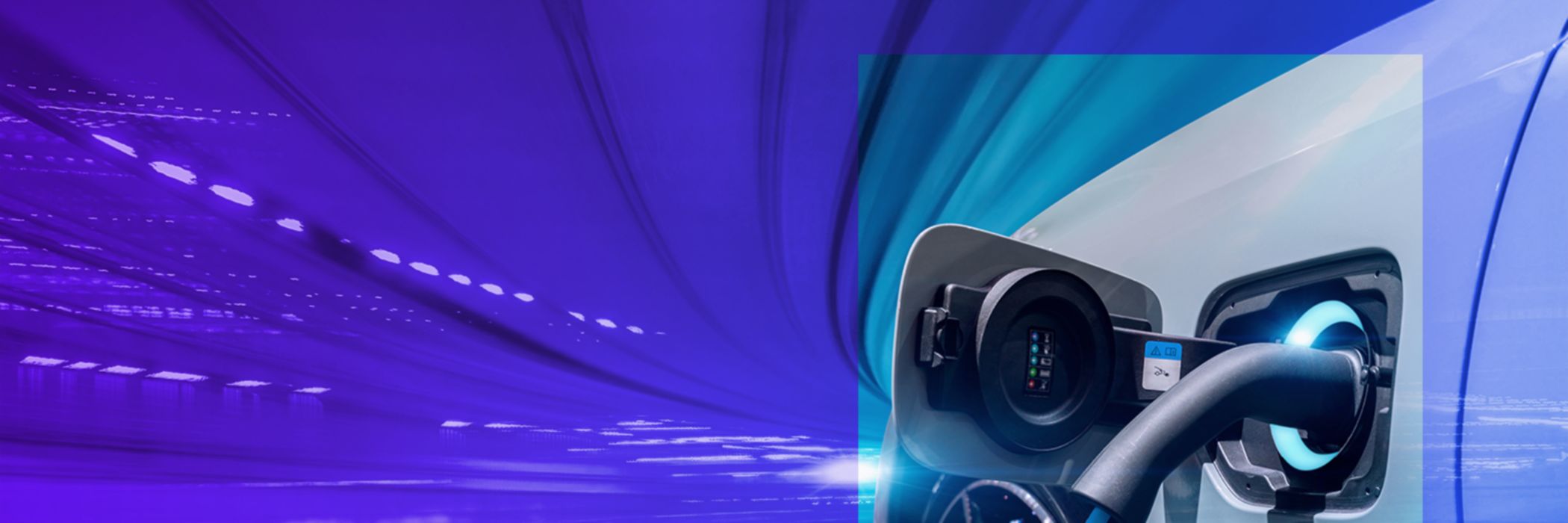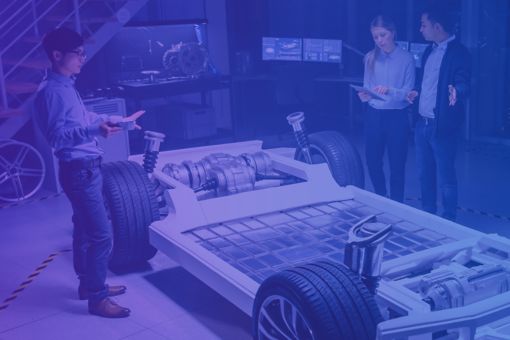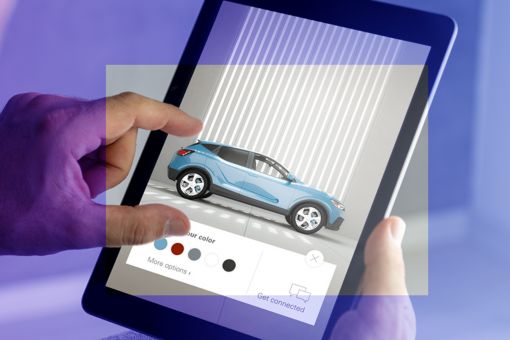Europe remains the second largest market for electric vehicles (EVs) after China.
However, automotive managers are increasingly concerned that growth could be hampered by rising costs for the purchase and use of EVs, among other things. In addition, geopolitical crises in countries that produce raw materials such as lithium, cobalt and nickel are leading to supply bottlenecks, which is having a direct impact on the production of electric vehicles.
What strategy should European governments pursue to facilitate the use of electric vehicles and how can the charging infrastructure be improved? We explain this in our publication "Charging ahead: Addressing the EV cost hurdle".
EV use in Europe: these are the biggest hurdles
- High costs associated with buying a new EV and electricity tariffs.
- Insufficient charging infrastructure that limits cross-border travel.
- Insufficient availability of rare materials limiting production of cars and charging infrastructure.
- Problems with service integration between cars, charging infrastructure (different apps), household electricity systems and other mobility solutions.
- Problems with large-scale implementation of electric commercial vehicles due to lack of infrastructure combined with limitations in electric range for long-distance transportation
- Electricity grid congestion, which not only limits the further installation of charging points, but also the production of renewable energy.
For each of these hurdles, we offer concrete solutions in our publication "Charging ahead: Addressing the EV cost hurdle". We take into account the different roles and responsibilities of key players in the electric vehicle and charging infrastructure sectors.
Dr. Andreas Ries
Partner, Global and German Head of Automotive
KPMG AG Wirtschaftsprüfungsgesellschaft
Automotive Industry Insights
Learn more about the current focus topics of the automotive sector in our white papers:






